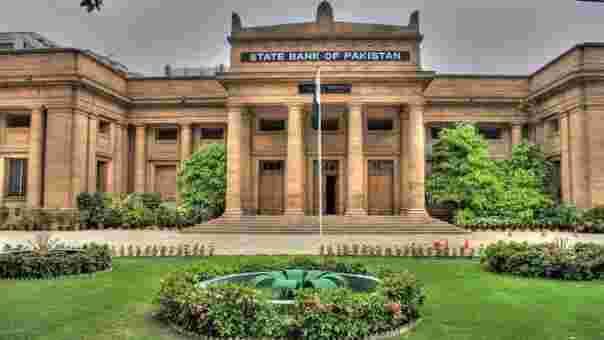Karachi, October 16, 2025 – The State Bank of Pakistan (SBP) has released its Annual Report on the State of Pakistan’s Economy for the fiscal year 2024–25, projecting the country’s GDP growth between 3.25% and 4.25% for FY2025–26. The central bank also anticipates inflation to average around 7% during the current fiscal year.
According to the SBP, prudent monetary management, continued fiscal consolidation, and favorable external conditions helped stabilize Pakistan’s macroeconomic environment in FY25. The report attributes the steady growth to the revival of the services sector, recovery in industrial output, and an improved balance of payments position—despite challenges in agriculture and global trade.
During FY25, real GDP growth strengthened, driven by the services sector and moderate recovery in industrial activities. Although large-scale manufacturing and key crop production experienced contractions, higher remittances and disciplined fiscal policies supported economic stability. The current account posted a surplus for the first time in several years, aided by softening global commodity prices and inflows from international creditors.
Inflation fell sharply from 23.4% in FY24 to 4.5% in FY25, marking an eight-year low. This significant disinflation, combined with improved external reserves and exchange rate stability, allowed the Monetary Policy Committee to reduce the policy rate by a cumulative 1,100 basis points between June 2024 and June 2025.
However, the report warns that structural constraints continue to hinder Pakistan’s long-term growth potential. These include low savings rates, high fiscal deficits, limited private investment, and dependence on bank financing for budgetary needs. The SBP dedicated a special chapter to “The Challenge of Low Savings in Pakistan,” highlighting cultural, behavioral, and institutional factors that limit domestic savings and thus suppress investment and sustainable growth.
Additionally, climate-related disasters, particularly the recent floods, have caused widespread damage to agricultural lands and infrastructure. These events may constrain agricultural growth in FY26, disrupt supply chains, and temporarily raise food inflation. Nonetheless, the SBP expects the lagged effects of monetary easing to support economic recovery and maintain GDP growth close to the lower bound of the 3.25–4.25% range.
The central bank also noted that Pakistan’s credit ratings improved between April and August 2025, reflecting revived investor confidence and stable macroeconomic indicators. Yet, the report cautions that persistent political uncertainty, regulatory bottlenecks, and high taxation continue to pose risks to private investment and export competitiveness.
Overall, the SBP emphasized that consistent reform implementation, prudent policy management, and resilience against climate shocks will be crucial to sustaining medium-term economic growth and achieving a balanced, inclusive recovery in FY26 and beyond.
